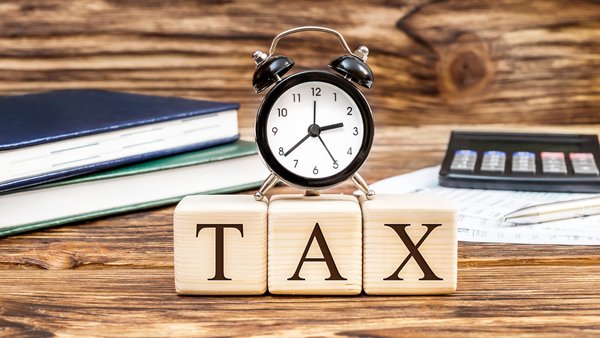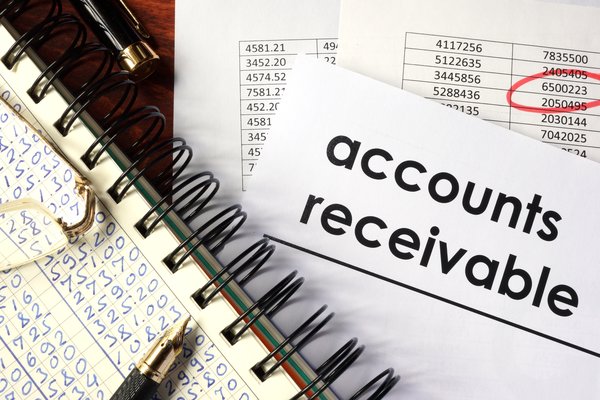When you receive compensation other than wages, the payer may ask you to fill out IRS Form W-9 (link opens PDF), which is a request for your taxpayer identification number; for instance, your Social Security Number or Employer Identification Number (EIN).

This information is necessary when an information return will be required:
- Form 1099-INT: Used to report interest income
- Form 1099-DIV: Used to report dividend income
- Form 1099-MISC: Used for a variety of other income and payments
- Form 1099-B: Used to report the sale of stock or mutual funds
Taxation on W-9 income
Taxation on W-9 income
In general, income that results from a W-9 arrangement is not subject to IRS withholding. Rather, it is the payee's responsibility to claim the income on his or her tax return and to pay any appropriate taxes.
For example, the income you receive from freelance work is generally taxed as self-employment income, which may require the payee to make estimated tax payments throughout the year. On the other hand, dividend income has its own set of tax rates, which are often lower than tax rates assessed on ordinary income.
The exception to the lack of taxes withheld is when the IRS has determined you are subject to backup withholding. This can occur for a few reasons, such as your W-9 containing an improper or incorrect taxpayer identification number. Alternatively, the IRS may notify the payer to start backup withholding on interest or dividends because you have under-reported these items on your income tax return.
Calculating tax when income is subject to backup withholding
Calculating tax if your income is subject to backup withholding
If your income from a W-9 arrangement is subject to backup withholding, the current flat rate set by the IRS is 28%. So, to calculate how much you can expect to have withheld, simply multiply your W-9 income by 0.28. For example, if the IRS determines that your dividend income is subject to backup withholding and you earn $1,000 in dividend income for 2016, you can expect $280 to be withheld by the IRS.
Related investing topics
Finally, it's important to note that if you do have money withheld from W-9 income as backup withholding, you should claim it as money withheld when you file your tax return. Even though the flat backup withholding rate is 28%, your actual tax liability may be more or less than this amount, and your tax return will determine whether you are entitled to a refund or need to pay more.
The Motley Fool has a disclosure policy.































